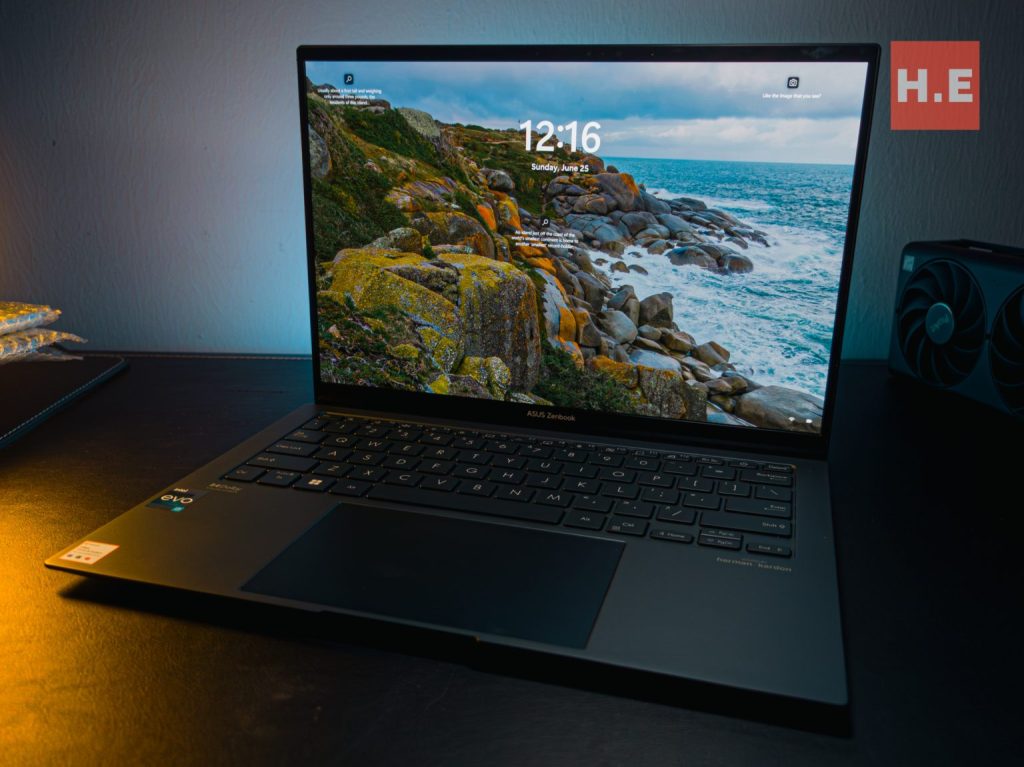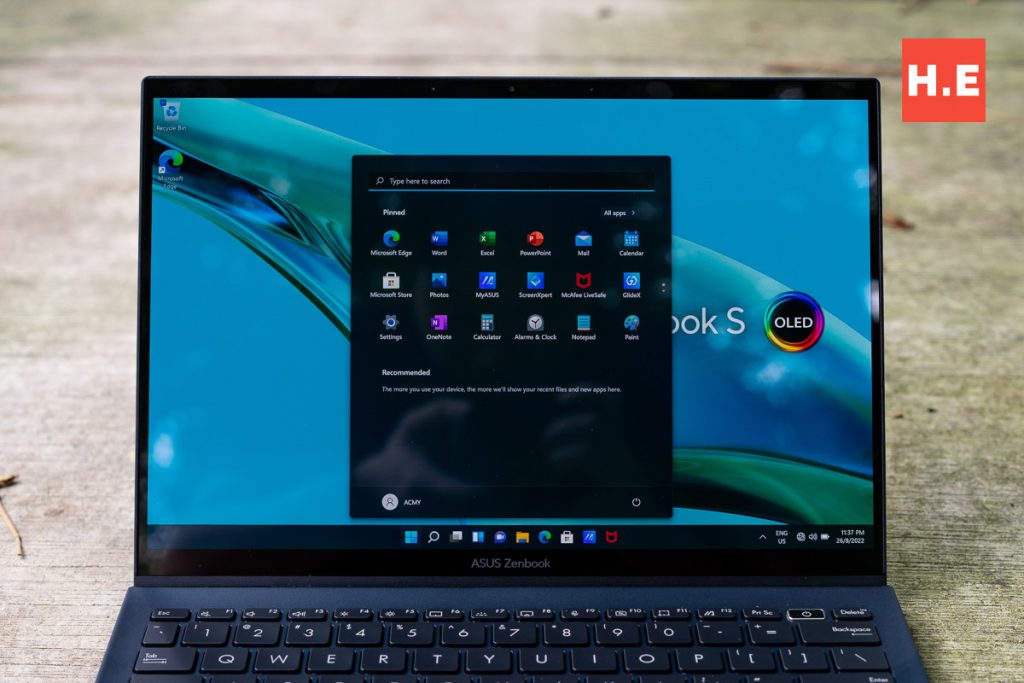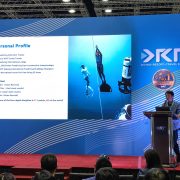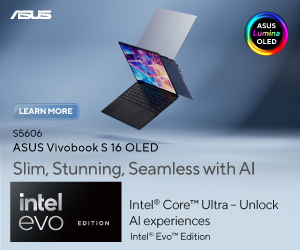
OLED vs AMOLED: Dynamics of Display Technologies
Organic Light-Emitting Diode (OLED) and Active Matrix Organic Light-Emitting Diode (AMOLED) are two prominent display technologies revolutionizing the visual experience on electronic devices. While sharing a common foundation, each has unique characteristics that cater to diverse user needs. In this exploration, we delve into the technical intricacies, advantages, disadvantages, and optimal applications for OLED and AMOLED technologies.

Both OLED and AMOLED use special materials that can make light when electricity passes through them. How is differ from each other is that in OLED, these bulbs can control themselves individually, like each one has its own remote control. But in AMOLED, there’s a system that helps them work together better. It’s like having a team captain to organize the light bulbs so they can shine together perfectly.
So, OLED is like having many independent light bulbs, while AMOLED is like having a team of bulbs working together with a plan
Technical Overview:
Both OLED and AMOLED technologies share a common foundation in organic compounds that emit light, yet their nuanced differences in pixel control and management set them apart in the realm of visual display.
OLED:

OLED, as the acronym suggests, relies on organic compounds that emit light when an electric current is applied. What sets OLED apart is its ability to achieve pixel-level control, allowing for exceptional color accuracy and high-contrast ratios. This feature is particularly advantageous in delivering vibrant visuals and deep blacks, providing an immersive viewing experience.
The composition of OLED displays typically includes an anode, organic layers, cathode, and a substrate. This technology finds widespread use in various electronic devices, such as televisions, smartphones, and wearable gadgets.
- Pros:
- Excellent color reproduction and contrast ratios.
- Thinner and flexible displays allow for innovative form factors.
- Energy-efficient for displaying dark content.
- Cons:
- Susceptible to screen burn-in.
- Limited lifespan may affect long-term durability.
- Relatively high production costs.
AMOLED:
AMOLED, an evolution of OLED, introduces an active matrix control system. This system, often implemented with thin-film transistors (TFTs), enhances pixel management, resulting in faster refresh rates and improved response times. The “active matrix” in AMOLED facilitates precise control over each pixel, contributing to a higher level of display performance.
This technology is commonly found in high-end smartphones, smartwatches, and select televisions, where a dynamic and responsive display is crucial.
- Pros:
- Faster refresh rates and improved response times.
- Reduced risk of burn-in due to active matrix control.
- Flexible display options for unique designs.
- Cons:
- Higher production costs due to manufacturing complexity.
- Power consumption may increase with higher brightness levels.
- Color shifts at extreme viewing angles.
OLED vs AMOLED
| OLED | AMOLED | |
| Technology | Organic compounds emit light when electric current is applied | An advanced form of OLED with an active matrix control system |
| Pixel Control | Allows individual pixel control for precise display management | Active matrix control system with thin-film transistors (TFTs) for improved pixel control |
| Color Accuracy | Excellent color reproduction and high-contrast ratios | Vibrant visuals with fast refresh rates and improved response times |
| Flexibility | Enables thinner and flexible displays, leading to innovative form factors | Flexible display options, allowing for unique and bendable designs |
| Applications | Commonly used in TVs, smartphones, and wearables | Found in high-end smartphones, smartwatches, and select TVs |
| Burn-In Risk | Susceptible to screen burn-in, especially with static images | Reduced risk of burn-in due to active matrix control |
| Lifespan | Limited lifespan due to organic compound degradation | Enhanced longevity with reduced risk of degradation over time |
| Production Costs | Relatively high production costs | Higher production costs due to manufacturing complexity |
| Power Efficiency | Energy-efficient for displaying dark content | Power consumption may increase with higher brightness levels |
| Viewing Angles | Limited color shifts at extreme viewing angles | Color shifts may occur at extreme viewing angles |
Best Suitable Users and Scenarios:
OLED:
- Ideal for users prioritizing vibrant colors and deep blacks.
- Suited for short-term device use or upgrades.
AMOLED:
- Recommended for users seeking high-performance displays.
- Suitable for gaming and video streaming.
- Preferred for devices requiring a longer lifespan, such as premium smartphones and professional displays.
Conclusion:

Understanding the nuances of OLED and AMOLED technologies empowers consumers to make informed choices based on their preferences and specific application needs. Whether prioritizing vibrant visuals, flexibility, or longevity, the unique characteristics of these display technologies cater to a diverse range of user requirements.










